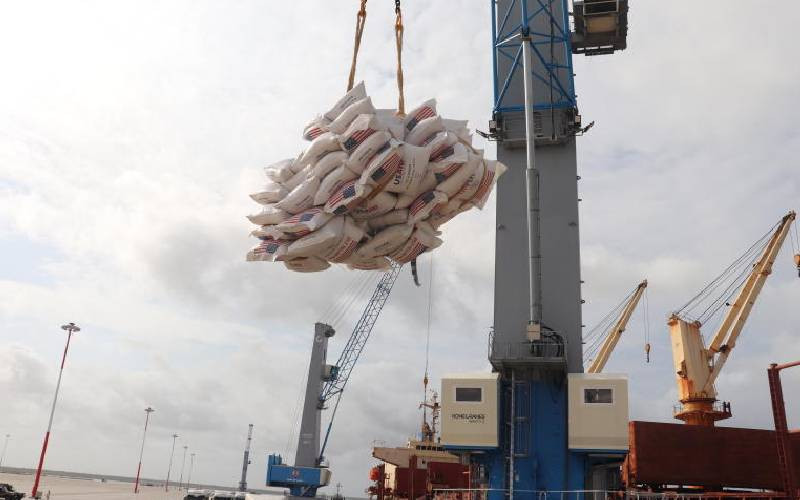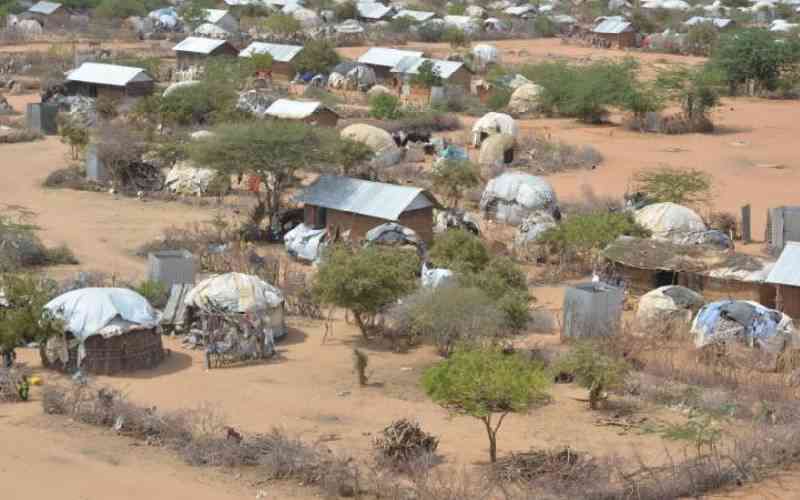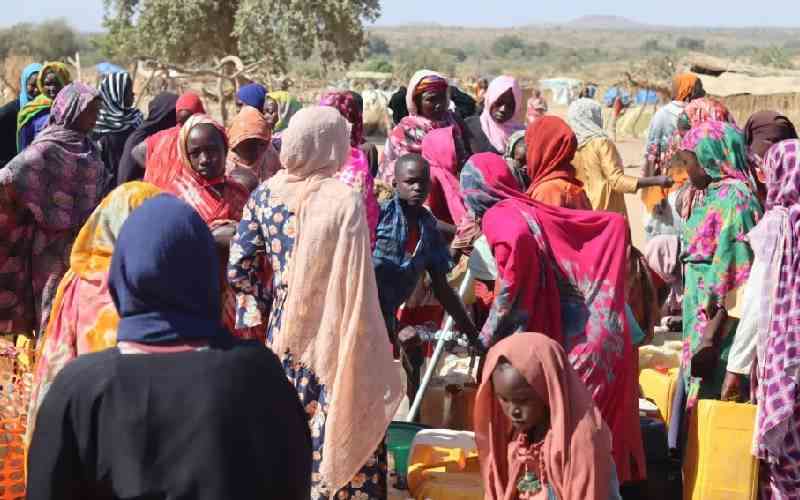Possible closure of the Daadab Refugee Camp is causing concern, and even panic and consternation. The United Nations High Commissioner for Refugees (UNHCR), the Western diplomatic community in Kenya and the Somali Government have all expressed profound reservations. The camp has become part of us. Talking about closing it is therefore shocking. Such is the nature of hardcore refugee situations. Lessons from elsewhere in Northern Tanzania show that disturbing a hardcore refugee population always attracts disapproval. Everyone has memorialised this place as the exiles’ residence. They therefore wonder which “other home” you want them to return to.
The UN Charter for Refugees (1951), and the attendant Protocol of 1967, recognises that refugees cannot trust their government’s ability, or even willingness, to protect them. Indeed, the government could even be the author of their misery. They have often run away from state-led persecution. This could be because of their religion, political beliefs, ethnicity, or some other affiliation.
Throughout history, troubled people have left their homes and settled elsewhere. The story of humankind is a portrait of migration – often permanently. We read of many seasons of migration in Africa. Such times created the Luba Lunda Dispersion in Central Africa (15th – 18th centuries) and the migrations of such communities as the Ngoni, Ndebele, Shona and others due to the activities of Shaka Zulu in Southern Africa (19th century). Almost concomitant with the troubled Zulu times, christened the Mfecane (1814 – 1840), there was the Great Trek by the Afrikaner community from the Cape (1835 – 1846). Indeed, even the peopling of East Africa is believed to have been the outcome of instability in places of origin. Unlike today, people left their homes without the intent to return. They found new homes.
But all that changed with the emergence of what is called the Westphalian state in the 17th century. The Peace Treaty of Westphalia (1648) was in fact a series of treaties. One of the defining characteristics was introduction of territorialism. Nation states were from now defined within clear physical coordinates. Citizenship laws and the international system that came into existence after the two World Wars in the first half of the 20th century completed the picture. If Westphalia was the father of refugees, the refugees’ charter and the protocol of 1967 were the twin mothers. This love triangle is the progenitor of the forced migrant we call the refugee.
The charter’s primary objective is refugee protection. It is recognised that in the territorialised world that we live in today, being displaced in foreign space can be traumatising; hence the need for protective instrument that is the charter. One of the protections is against being returned to an unsafe place of origin. This is captured in the principal of non-refoulment. The principal forbids rendering a victim of persecution to his or her persecutor. It is generally understood that the persecutor will be a state actor. It could even be a pseudo state actor, in situations in which the state has collapsed, as happened in Somalia, in 1991.
Such is the background behind which we need to look at the Kenya Government’s decision to dissolve Daadab. A useful rider here is that just as refugees are protected, they also have obligations. First they must register as refugees. Second, they will stay in restricted communities, except in special cases. Third, they will obey the laws of the host community. Next, they will not become a security risk to the host country. Finally, it is expected that they will return to their homes, once the dangers they ran away from no longer exist.
The Kenya Government has made a plausible case. The dangers that saddled her with Somali refugees no longer exist. Kenya has also presented a convincing case about insecurity. Indeed, even as the United States, among others, urges the government to rethink closure of Daadab, Washington has advised her aviation fraternity about what she considers “unsafe Kenyan airspace,” because of Somali refugees. On all other occasions, the US is at the forefront in adverse travel advisories against Kenya – because of these refugees.
Now, it is confounding that the US would concurrently urge Kenya not to close a refugee camp and equally cite her for insecurity because of the same camp. Is this a perfect case of doublespeak? You would understand why Kenya would want to close the camp – and with it the said insecurity. Moreover, Kenya also says that while international partners are quick at pledging assistance with funding the camps, they don’t keep their word. And so Kenya wants Daadab closed. So what next?
Refugee situations as we have seen can be hardcore. Dissolving them is easier said than done. You have whole adult generations born in exile. They know no other home. They have no affinity whatsoever with the place you want them to return to. They have no idea about where to begin – and no means to resettle. They have recreated and redefined their world. Burundi refugees have sojourned in Northern Tanzania for well over four decades now. The Governments of the two countries are coming to terms with the reality that most of these people don’t want to go back. Indeed, they often ask, “Go back to where?”
But the Kenya Government’s case is just as valid. We cannot have a refugee camp forever. Going forward, Kenya may want to borrow from Tanzania. Maybe there is a case for giving Kenyan citizenship to these people? While they remain refugees, many have infiltrated society. Some even bear Kenyan national identity cards. When it befits them, they are refugees. When it doesn’t, they are Kenyans. Why not regularise their citizenship? These people are going nowhere. Yet they are all over the place, putting up constructions, trading, getting rich, yet not paying taxes. The solution would seem to be to loop them in. Those who don’t want to be citizens can be asked to go away. That way, we could close the camps.
 The Standard Group Plc is a
multi-media organization with investments in media platforms spanning newspaper
print operations, television, radio broadcasting, digital and online services. The
Standard Group is recognized as a leading multi-media house in Kenya with a key
influence in matters of national and international interest.
The Standard Group Plc is a
multi-media organization with investments in media platforms spanning newspaper
print operations, television, radio broadcasting, digital and online services. The
Standard Group is recognized as a leading multi-media house in Kenya with a key
influence in matters of national and international interest.
 The Standard Group Plc is a
multi-media organization with investments in media platforms spanning newspaper
print operations, television, radio broadcasting, digital and online services. The
Standard Group is recognized as a leading multi-media house in Kenya with a key
influence in matters of national and international interest.
The Standard Group Plc is a
multi-media organization with investments in media platforms spanning newspaper
print operations, television, radio broadcasting, digital and online services. The
Standard Group is recognized as a leading multi-media house in Kenya with a key
influence in matters of national and international interest.








